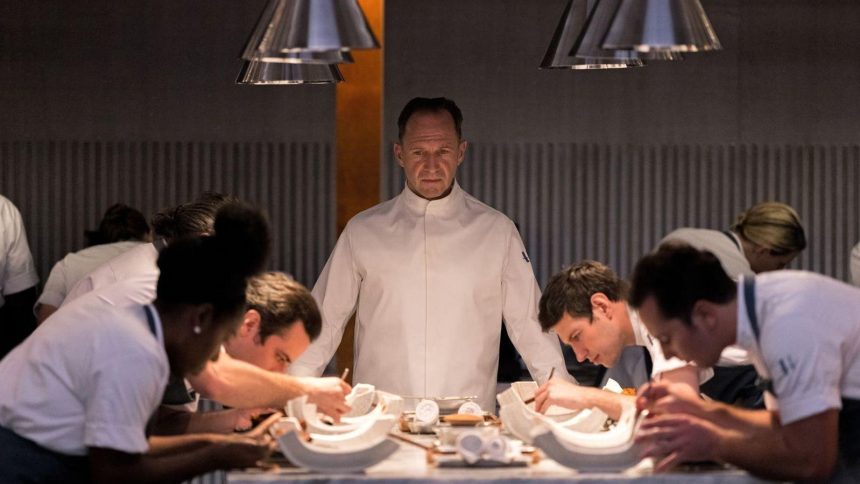The film The Menu, a darkly comedic horror satire now readily accessible on Netflix, offers a scathing critique of contemporary food culture, its obsession with exclusivity, and the often-absurd rituals surrounding fine dining. More than a simple horror film, The Menu resonates because it taps into a growing unease about the performative aspects of food consumption and the increasingly wide gap between the everyday experience of eating and the rarified world of haute cuisine. The film’s central setting, Hawthorne, an exclusive island restaurant, becomes a microcosm of this cultural divide, with its celebrity chef, Julian Slowik, playing the role of a tyrannical conductor orchestrating a meticulously planned, and ultimately deadly, culinary experience.
The Menu’s satirical edge is sharpened by its depiction of the various players within this gastronomic theater. The film presents a caricatured, yet recognizably familiar, array of diners: the self-important food critic clinging to outdated notions of culinary authority, the oblivious finance bros more interested in status than sustenance, the jaded wealthy couple for whom dining has become a rote exercise, and the obsessive foodie who documents every morsel with his camera. These characters, while exaggerated for comedic effect, embody the various ways in which food can become a vehicle for status signaling, a performance of sophistication, and a marker of social class. The film doesn’t shy away from implicating the entire ecosystem that fuels this elitism, including the chefs who perpetuate the myth of culinary genius, the critics who act as gatekeepers of taste, and the diners who prioritize the spectacle over the simple pleasure of eating.
Central to the film’s message is the stark contrast between the elaborate, meticulously crafted dishes served at Hawthorne and the simple, unpretentious cheeseburger that becomes a pivotal symbol in the final act. This seemingly mundane burger represents a yearning for authenticity, a return to the pure joy of food untainted by the pressures of performance and pretension. It’s a reminder that food, at its core, is about nourishment and connection, not merely a canvas for artistic expression or a symbol of social standing. The cheeseburger becomes a powerful symbol of escape from the suffocating world of Hawthorne, a rejection of the manufactured experience, and a reclamation of the simple pleasure of eating.
The film’s resonance stems from its reflection of larger trends in the culinary world. While fine dining continues to hold its allure, there’s a noticeable shift towards a more casual, accessible approach to food. Chefs, disillusioned with the pressures of Michelin-starred kitchens, are increasingly opting for more intimate, less formal dining experiences, prioritizing connection and community over exclusivity. Similarly, diners, faced with economic realities and a growing awareness of food’s social and environmental impact, are re-evaluating the meaning of luxury and seeking out more authentic, sustainable, and often simpler dining experiences.
The Menu’s critique is not a blanket condemnation of fine dining. Rather, it’s a provocation to examine the values and motivations driving our engagement with food. The film questions whether the pursuit of culinary perfection, the obsession with innovation, and the relentless pursuit of exclusivity have overshadowed the fundamental joy of eating. It challenges the notion that culinary experiences must be extravagant and elaborate to be meaningful, suggesting that true satisfaction can be found in the simplest of dishes, like a perfectly crafted cheeseburger, when shared with genuine connection and appreciation.
Ultimately, The Menu serves as a timely reminder to reclaim the joy of food, to strip away the layers of pretense and performance, and to rediscover the fundamental pleasure of eating. It encourages us to question the narratives and hierarchies that shape our culinary experiences and to prioritize connection, authenticity, and genuine enjoyment over the pursuit of status and spectacle. Whether indulging in a meticulously crafted tasting menu or savoring a simple burger, the film’s message is clear: the true value of food lies in the experience itself, in the shared connection, and in the simple, primal pleasure of nourishment and taste. It’s an invitation to step back from the performance and rediscover the heart of what it means to eat, to savor, and to share a meal.



